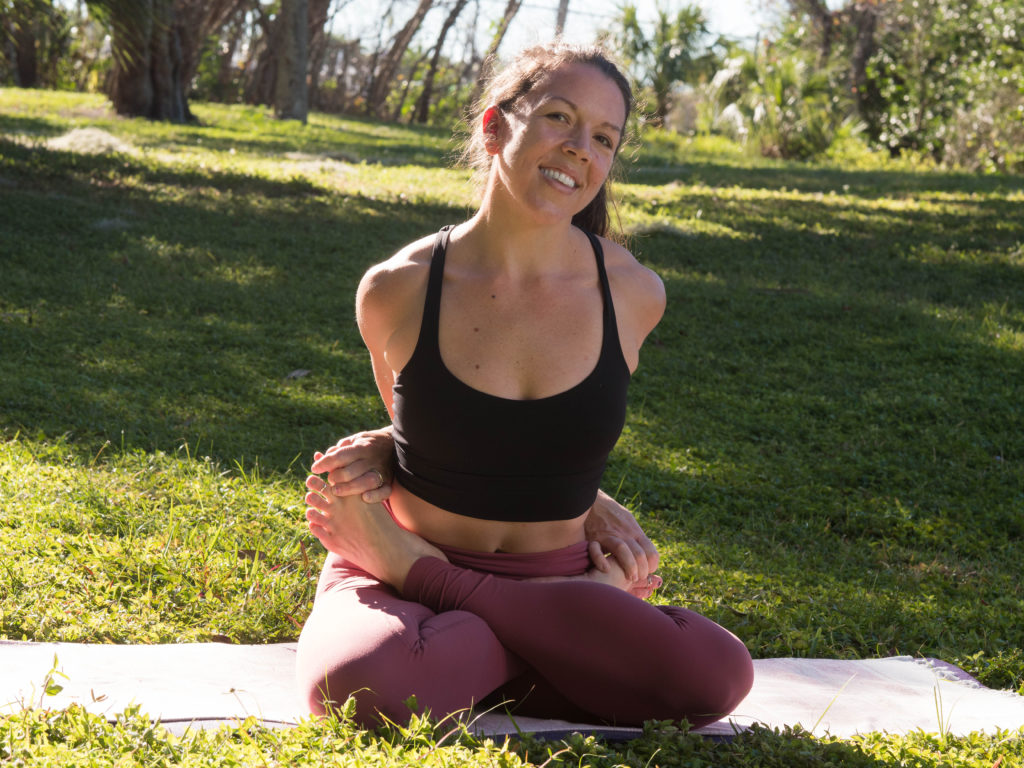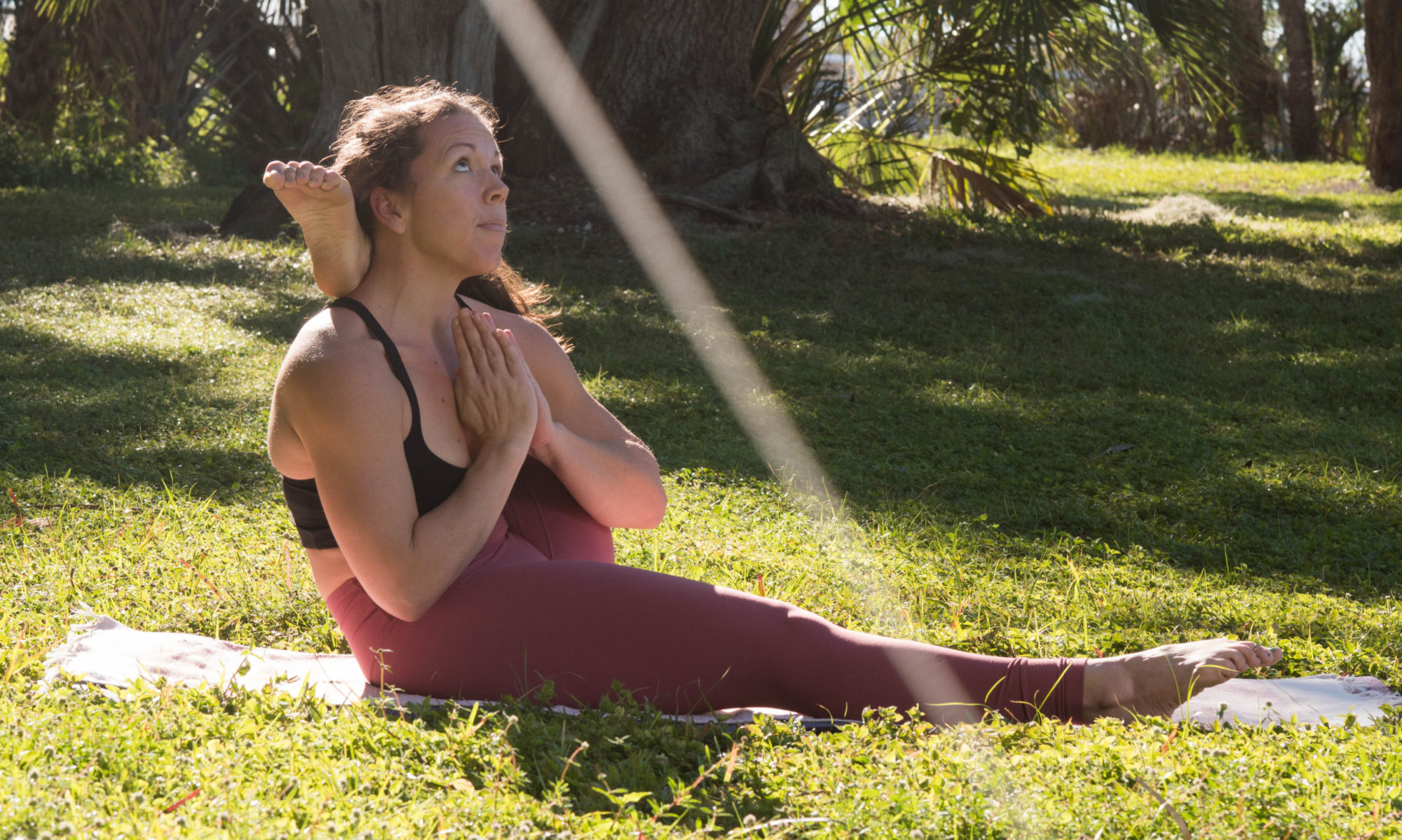The fourth of the Niyamas is a call to deepening our study of ourselves as a means to prepare the aspirant for the continued journey toward Liberation. It is with true knowledge of existence and the reality of the world of change that the yogi can finally see through the fog of human existence to the Truth of themselves, to know the Ātman (Soul, Self, Divine Within, etc.).
Svādhyāya surfaces in the Niyamas, as a repetition of one of the components of Kriyā yoga and can initially cause some misunderstanding. While the word svādhyāya gets commonly translated as ‘self-study’ there is often an important mechanic of that self-study which is often omitted. Patañjali teaches yogis to learn about themselves by studying spiritual texts, chanting, repeating mantras, etc.
Through the study of spiritual texts, the aspirant can gain knowledge on the journey ahead of them. Additionally, knowledge of the subtle layers of existence can be revealed through this continued study. When combined with chanting and repetition of mantras, the yogi will find balance in their subtle energies and gain increased clarity of the human experiences. With this knowledge and awakening, the aspirant will gain grace and ease with navigating the challenges of daily life and the human experience.
For a journaling practice today, explore how does self-study can lead to more meaningful and productive relationships? How has your knowledge of yourself grown from reading and studying spiritual texts?
For a chanting practice, you might try repeating this mantra 12 times:
Oṃ Gaṃ Gaṇapataye Namaḥ
This is a chant which invites in knowledge of our own innate capacity to overcome obstacles. It acknowledges that we each have the power Gaṇeśa represents contained within ourselves. It’s already there, we just have to awaken to our own divine nature.
A gentle way to ease into a chanting practice is to begin with 12 repetitions, for one week continuously. After that, you might try 36 repetitions for two full weeks. Next step could be to complete 108 rounds of the chant daily (or twice daily). See this post on the benefits of Chanting and encouragement for a consistent chanting practice.
Currently, we’re exploring each of these Yamas (mahāvrata) as well as the Niyamas and trying to understand how we can start to integrate the lessons of these guidelines in our posture practice and our daily lives. Share how you’re experiencing and practicing truthfulness today and everyday with our Ashtanga community and read what others are learning by following #yogafoundationschallenge on IG.
Through the lens of our practice, we can start to view our patterns and reactions as a means to known them and adapt/change them as needed. I encourage you to practice with extra care over the next few weeks and journal about your experience on and off the mat. This will give you an additional tool to process the ideas and concepts we’ll explore throughout the challenge.
Tag @bellapranayoga in each entry along with #yogafoundationschallenge and #bellapranaashtanga to be entered in a drawing to win:
- Mysore Practice Rug
- Yogi Assignment by Kino MacGregor
- 4 oz bottle of Mahanarayan Oil
- PLUS 10% off workshops with Ajay Tokas in July 2020
See the remaining schedule below and follow the tag #yogafoundationschallenge on Instagram to hear experiences from our community as well as share your own. Now, you take practice 🙂
- Wednesday, February 5 – Īśvara Praṇidhāna – connection to the unknown

